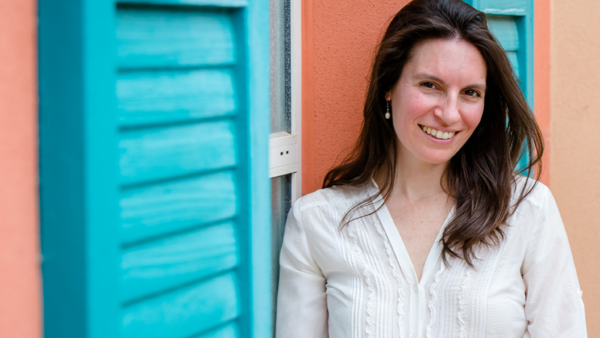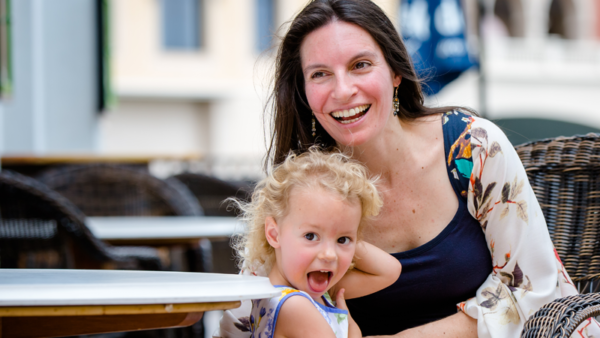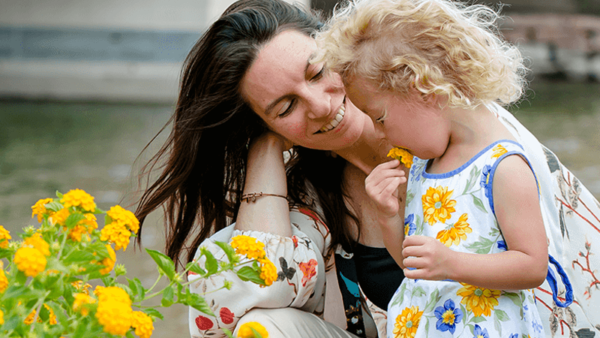Did you know that I was a gymnast? Certainly not of the caliber of the girls Dr. Larry Nassar molested, but I identify with those girls, their muscle pains, their love of the sport, their collections of blue and red ribbons, the counting of decimal places. Though my sexual abuse happened at home, with an older family member, not with a doctor, I relate to those 265 victims.
It started me on this path, and many of my conversations with parents focus on preventing child sexual abuse because it is appallingly common here in the US. According to this meta-analysis, it’s a world-wide problem, with the highest rates for African boys and Australian girls.
Here’s a quick summary of 7 things you can do to empower your child and prevent child sexual abuse:
- Teach the proper names for all your child’s anatomical parts. Abusers pursue kids who don’t have the vocabulary to tell.
- Explain that your child’s private parts are just for them, and the exceptions to that rule (when a caretaker is allowed to see/touch). Give them a plan for what to do if the rule is broken.
- Teach your child to be self-sufficient with toileting and bathing as early as possible, and avoid giving others this responsibility (babysitters, extended family, etc).
- Explain what sex is early, so that they understand it’s something adults do and enjoy, but it’s not for kids.
- Help your child feel and defend their boundaries. Abusers pursue passive kids.
- Check in regularly. Ask if anything uncomfortable happened while at so-and-so’s. Periodically ask specifically about attempted sexual abuse or porn exposure. See if your child remembers the rule and what to do if it’s broken, and update the plan as needed.
- For older kids, distinguish between desire and arousal. Abusers may confuse a child by pointing to their arousal reaction, but that does not at all mean the child wanted to watch or do the sexual act.
You might be looking at this list, wondering how to do #2, or the best way to go about #4 or 6. I understand! This is just a place to start, so you know if you’re doing the important pieces or leaving something out.
For more, check out the video series on Parenting and Preventing Sexual Abuse. It includes my webinar, in which many of these points are explained, and 8 interviews from the 2016 and 2017 interview series, which dive into these topics in more depth.
If this feels hard to do, hard to talk about, there’s really nothing better than watching it be modeled for you. These experts will give you the words and phrases, the key points to address. Purchasing the video series means you’ll be able to stream any of the videos at your convenience – no time limits or downloads. Easy-peasy!
Let this be your check list. If there’s something you haven’t done yet, hop to it! If you’ve got all 7 checked off, give yourself a pat on the back. Thank you! You’re amazing!
In support of you,
Anya
P.S. If you’re interested in the Parenting and Preventing Sexual Abuse video series, know that for just $3 more, you can become a member and access my entire video library! That’s 80+ videos on all aspects of parenting kids around sex and relationships, plus the perks. Check it out!











